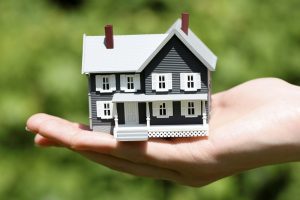Putting a Value on Condo Amenities
Monday, December 24th, 2018Condo amenities and condo fees are a funny thing. Since one very much depends on the other, you need to be mindful of what features you really need because it’s easy to get sucked in by splashy features that sound like they will improve your life.
Does the notion of star gazing each evening from a 30-storey observatory platform appeal? How about mini putting? Maybe you would like access to a communal dog grooming salon where you can wash your Doberman after a muddy walk? Perhaps shooting hoops on a basketball court would do?
Developers are continually looking to up the ante on their development’s amenities in an effort to market their condo buildings. While some might say an outdoor TV-viewing area is a bit much, others might be pushed into buying because they think that’s the best feature ever.
The point is these amenities have to be paid for, as does the maintenance of them. As your condo ages, expect your fees to rise in an effort to cover the cost maintaining declining amenities such as hot tubs and swimming pools. If you’re not a swimmer or a hot-tub soaker, you may decide that paying for those features is not worth it.
Condo fees are nothing to sneeze at. In fact, next to your mortgage payment, they are likely your next biggest expense in owning a condo. According to Condos.ca, the average condo fee in Toronto in 2017 was 65 cents per square foot. On a 1,000 square foot condo that comes to $650 per month. Condo fees in the city naturally vary and can drop as low as 50 cents per square foot to as high as $1.
Though condo fees also cover other expenses of condo life such as some or all of the utilities and the building’s reserve fund, there are some developers who take a different approach. One reportedly surveyed and then listened to residents on how they wanted to use the spaces. Others say developers here should model after their European counterparts who offer amenities that might be described as no frills.
While Zen gardens, yoga studios and squash courts sound tempting, you need to think long and hard as to whether you would actually use them. Know what you realistically will use. Understand the difference between the must-haves and the nice-to-haves.
Sources: www.condoessentials, www.ratehub.ca, www.globeandmail.com, www.condo.ca



